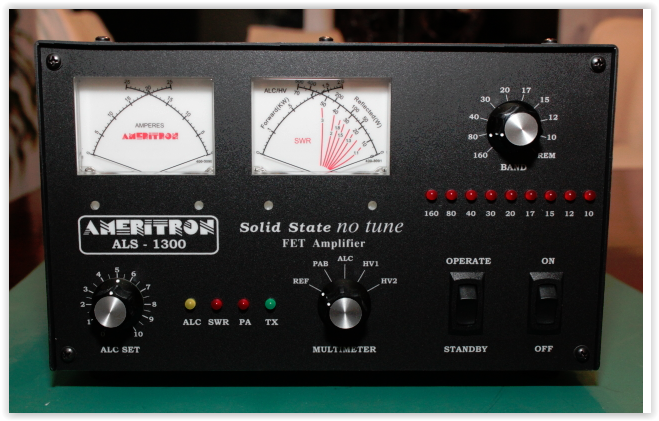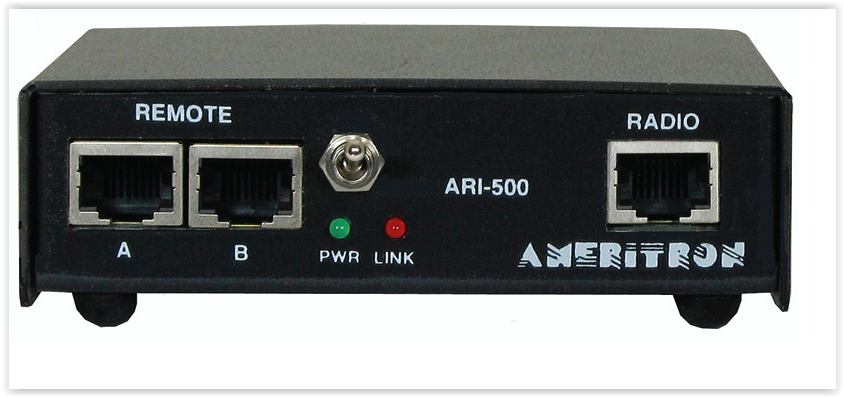Flex 6300
ALS-1300
Modified RCS-4
Unified Microsystems BCD-10
Sint Smart USB-8 Denkovi relay knockoff
99 cent 12v to 5v DC to DC voltage converter
DDUTIL V 3
You get a 1200 watt 160-10M band following, antenna following DX/Contest dream machine. In the old days of the Flex 5000 I had my radio station set up with 2 channels of 1 KW band switching radio. I had more antennas and was playing around trying to turn the F5K into a SO2R in a box radio station. It almost worked. The biggest problem was a contest program that would control the radio properly. I had the hardware pretty much working, I contacted the boys at N1MM and they basically told me to pound sand so the project languished.
1 year ago Greg K5GJ called me up and asked if I wanted to try out a new radio they wanted to release at Dayton. I had some money in the bank so I said sure what the heck. I had been off the air for about 4 years. I had a lightning strike in 2010 and started a new business and had teen age daughters so I had been plowing other fields but after 4 years it was time to give the "new SmartSDR architecture" a whirl. I was pleased to get literally one of the first 6300's about 6 weeks before Dayton. The rest is history. I've been very pleased with the radio. But I missed the old F5K radio robot I had designed. I eventually knew I would make the 6300 get up and tap dance like the 5K.
This weekend I finished putting together all the pieces. My biggest hurdle was getting Yaesu BCD out of the radio to control the rest of the station. Previously I had used a LPT port to export the control data but my new computer had no LPT and no way to install one. I fooled around with some kludgey attempts but you need a real port which acts as a printing terminal not a USB printer dongle to get the job done. I noticed DDUTIL could address a Denkovi relay board. A Denkovi was developed as a means to have a computer control the outside world. The board plugs into a USB port and via software you can control 8 relays one at a time up to all at once. NOW THAT'S THE TICKET! I also saw Steve K5FR had made the board to follow the band data of the Flex 6xxx according to Yaesu BCD. What the hell is Yaesu BCD??
Yaesu wanted to use BCD to control peripherals so they cam up with this code.
So what I needed was a way to send 4 bits of 1's and 0's down the line to my peripherals that spoke Yaesu BCD. One peripheral is my amp
There is a band switch position called REM
ARI-500
When in this position, this box tells my amp how to act when presented with BCD. This box is modified slightly and would allow the amp top be placed in a closet and still be reset if there was a default. For my purposes I need this to connect the radio (actually voltages from the USB-8 board) to the amp. I also use voltages from the USB-8 to drive the Unified Microsystems board
If you look closely to the bottom you see the tell tale DCBA BCD input. So if I shoot 0011 into this board the relay that is connected to my 40M 1/2 wave vertical will turn on. 0001 gives me 160M, 0010 gives me 80M etc. I use a modified RCS-4 to translate 0001 into something that actually turns on my 160M antenna.
I get a lot of requests on how to modify the RCS-4 and I had a schematic once but it's lost on some long defunct hard drive. It's pretty strait forward however. The way the RCS-4 works is it sends 4 signals down the coax +V, -V, AC, and 0V. Diodes and relay coil choice steer the correct antenna port. What I did was to lift the center (wiper) of the switch and run that signal through some relays and then to each of the poles of the switch. The wiper is what sends the signal to the coax to be sent down the line and the poles have the signals so by using the outputs of the BCD-10 (160-10) I can choose which relay I want to fire and therefore send the correct signal down the line to be decoded by the relay box. I used double pole relays, and send the correct LED signal to the control box as well so when I switch on 40M the LED labeled 40M on the control box lights up and tells me what antenna was chosen. I made all of this switchable so I can toggle back to the normal manual mode or into auto mode. It actually works great and someday when I get a chance I may do an article on how to modify the switch. It is very strait forward however.
Finally how do I make 0's and 1's? This is my favorite part. A 1 is really 5 volts. A 0 is 0 volts. I could probably have picked up 5 volts from the USB line on the USB-8 but I already have like 8 things plugged into my USB ports on my computer so I decided to break up a 12V cell phone charger and scrounge that for my 0's and 1's. The board goes to the 12V bus and yields 5.1V at about 2 amps. I simply route that through the 4 relays of the USB-8 that turn on and off to according to Yaesu BCD and voila' I have my 4 bits. DDUTIL takes care of which relays turn off and on and the 4 bits gets shipped to DCBA on the Unified Micro board and into the correct pins on the radio jack of the ARI-500 RJ-45 jack
There is other magic you can do. I use my 80M vertical on 80, 30, 17, 15, 12, and 10. I have specific high performance antennas for 160 80 40 and 20 but the 80 M antenna works pretty well through a tuner on the other bands, well enough to work 6 band DXCC in 6 months on 80, 40, 30, 20, 17, 15, and I have 89 on 10M. So by paralleling some jumbers on the BCD-10 as I switch through the bands I get 160, 80, 40, 80, 20, 80, 80, 80, 80. A quick tune with my MFJ-998 and I'm ready to go on the non resonant bands, or I can use the MFJ to switch to the dipole and tune that up. Tuning is a one button affair using my Genovation Key Pad through DDUTIL. My tuning macro turns off the amp keyline, turns on tune, then turns off tune and turns the amp keyline back on.
So that's my deal this month. My amp and ant band follow through the magic of DDUTIL and a few off the shelf boxes. The USB-8 was $30, the BCD-10 $19, the RCS-4 was $75 used and the 5 V converter was 99 cents. The experience of making my radio do exactly what I want, priceless. There is even more flexibility here, like the ability to custom tune a antenna for the top and bottom of the band, but it's too much to go into at this setting. I'll perhaps describe that another time. Here is a rough schematic of the 6300 station at W9OY
73 W9OY










